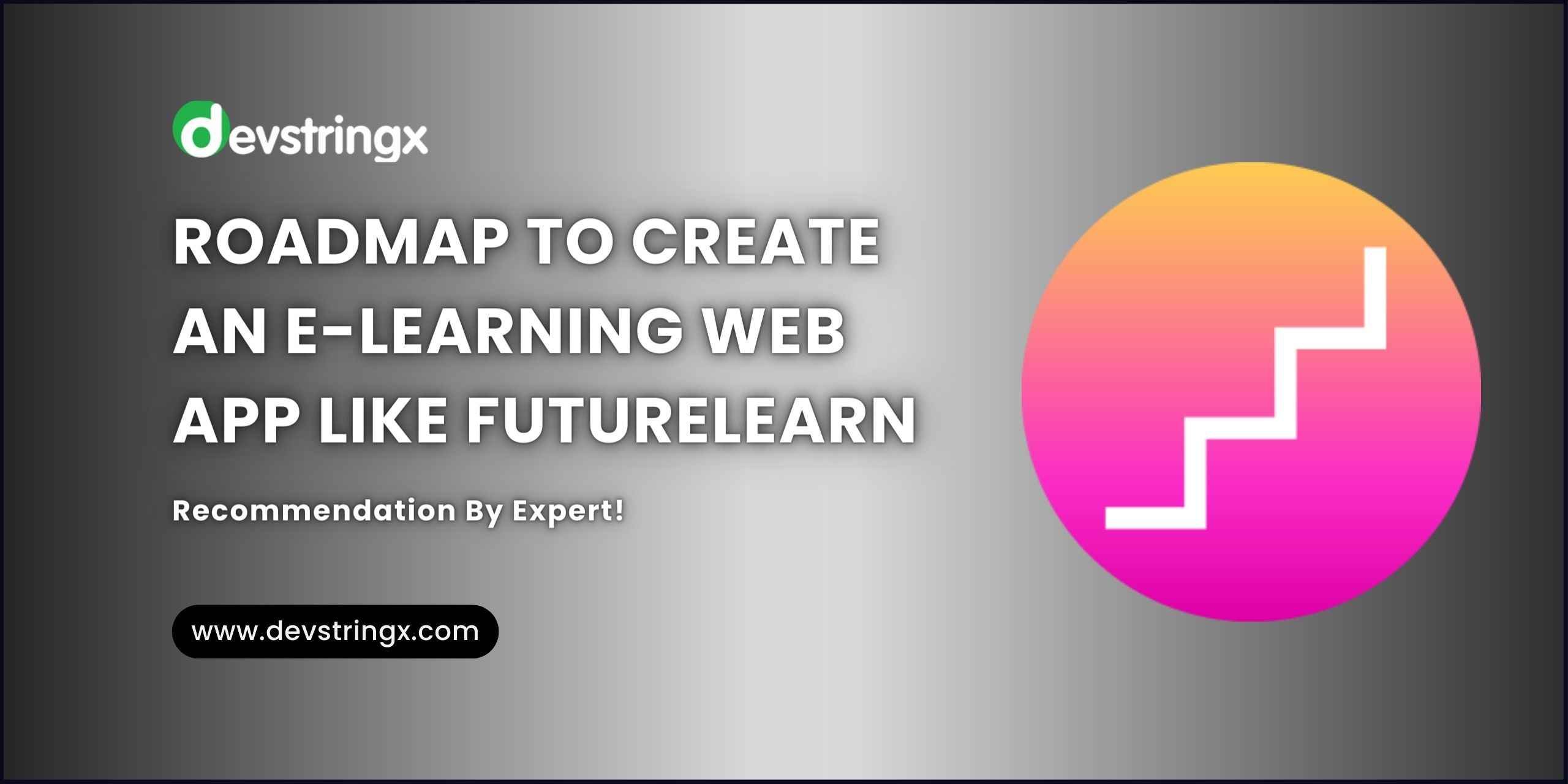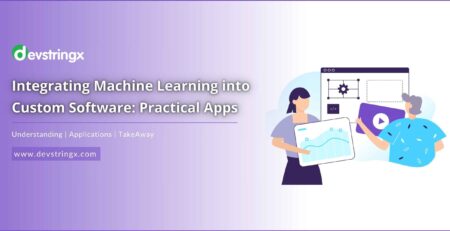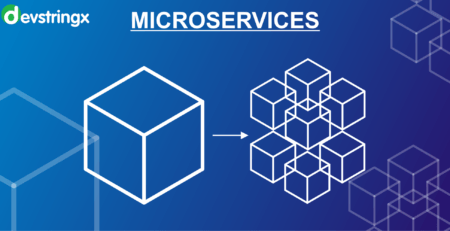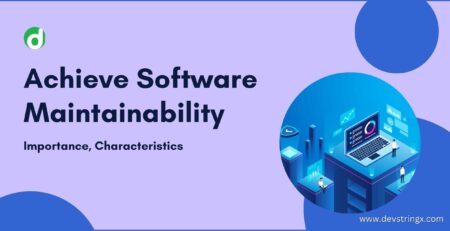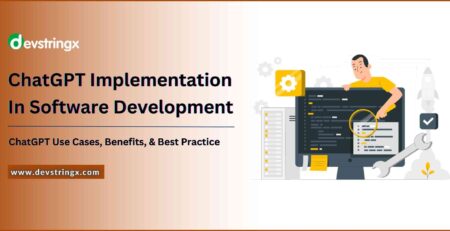How to Create an E-Learning Website Like Futurelearn? – Devstringx
Create an E-Learning Website
As the world continues to shift towards digital learning, e-learning websites have become an increasingly popular means of providing education to individuals and organizations around the globe. Futurelearn.com is one such platform that has gained significant popularity in recent years.
The e-learning market has grown significantly over the past decade, with projections suggesting that it will continue to expand at an unprecedented rate in the coming years. As such, it is essential to develop a solid e-learning strategy that effectively engages your target audience, delivers high-quality educational content, and generates revenue.
Futurelearn is a prime example of a successful e-learning platform that has managed to accomplish these goals, making it an excellent model for those looking to create their own e-learning website.
Understanding the E-Learning Landscape
The e-learning landscape is vast and complex, consisting of various types of e-learning, including formal, informal, and non-formal learning. Formal learning refers to structured learning that takes place in a traditional classroom setting, while informal learning takes place outside the classroom and is often self-directed. Non-formal learning, on the other hand, is structured but takes place outside the traditional classroom setting.
-
Identifying Your Target Audience
Before embarking on the journey of creating an e-learning website, it is essential to identify your target audience. This step involves understanding your learners’ demographics, their learning styles, and their specific educational needs. Once you have a clear understanding of your target audience, you can develop an e-learning strategy that effectively engages and meets their educational needs.
-
Defining Your E-Learning Goals
Once you have identified your target audience, the next step is to define your e-learning goals. This step involves determining what you want to achieve with your e-learning website, such as increasing revenue, improving customer satisfaction, or enhancing your brand reputation. By defining your goals, you can focus your e-learning strategy and ensure that your website meets your desired outcomes.
-
Selecting a Platform for Your E-Learning Website
Choosing the right platform for your e-learning website is critical. You want a platform that is user-friendly, customizable, and has the features necessary to deliver high-quality educational content. Futurelearn.com is a great example of a platform that meets these criteria, providing users with an intuitive and highly customizable platform that makes it easy to create engaging e-learning content.
-
Choosing Your E-Learning Content
The next step is to choose your e-learning content. This step involves determining what type of educational content you want to deliver, such as video, audio, text, or interactive content. Additionally, you must ensure that your content is relevant, engaging, and meets the educational needs of your target audience.
-
Creating and Organizing Your E-Learning Content
Once you have chosen your e-learning content, it is time to create and organize it effectively. This step involves developing a content plan, creating high-quality educational content, and organizing it in a manner.
-
Incorporating Interactive Elements into Your E-Learning Content
To keep learners engaged and enhance their learning experience, it is essential to incorporate interactive elements into your e-learning content. Interactive elements could include quizzes, assessments, interactive videos, and gamification. These elements make learning more enjoyable and help reinforce the educational content.
Good to Read:- Challenges & Solutions In Web App Design & Development
-
Developing Your E-Learning Website
Developing your e-learning website involves designing and building the website’s infrastructure. This step involves ensuring that your website is user-friendly, fast, and responsive, and provides an intuitive user interface. Additionally, it would be best if you considered incorporating features such as chatbots and live chat to enhance the user experience.
-
Designing Your E-Learning Website
The design of your e-learning website is critical to its success. Your website design should be visually appealing, easy to navigate, and provide a seamless user experience. Additionally, you should consider incorporating branding elements such as logos and colors to ensure consistency across all platforms.
-
Implementing E-Learning Payment and Subscription Models
To generate revenue from your e-learning website, you must implement payment and subscription models. This step involves deciding on a pricing strategy, setting up payment gateways, and creating subscription plans. You must ensure that your pricing strategy is competitive and provides value to your learners.
-
Launching Your E-Learning Website
Once you have developed and designed your e-learning website, it is time to launch it. This step involves testing your website thoroughly and ensuring that it is optimized for search engines. Additionally, you should consider offering promotions and discounts to attract new users.
-
Promoting Your E-Learning Website
To attract learners to your e-learning website, you must actively promote it. This step involves developing a marketing strategy that includes social media, email marketing, and search engine optimization. Additionally, you could consider partnering with influencers or creating targeted advertising campaigns.
-
Evaluating the Success of Your E-Learning Website
To ensure that your e-learning website is meeting its goals, you must continually evaluate its success. This step involves monitoring your website’s performance metrics, analyzing learner feedback, and making necessary changes to improve the user experience.
Good to Read:- Benefits of the Angular Framework for Your Apps & Web Applications
Conclusion
Creating an e-learning website is an excellent way to provide educational content to individuals and organizations worldwide. By following the steps outlined above, you can create an e-learning website that effectively engages your target audience, delivers high-quality educational content, and generates revenue. Futurelearn.com provides an excellent model for creating a successful e-learning platform, and by following their lead, you can achieve success in the e-learning landscape.
In conclusion, creating an e-learning website is a challenging but rewarding task. With the help of this guide, we hope that you have gained a better understanding of how to create an e-learning website with Futurelearn.com as your inspiration. Remember to keep your learners’ needs in mind, create engaging content, and provide value to your learners.
Futurelearn.com has set the bar high with its interactive and engaging courses, and it’s essential to strive for the same level of quality in your e-learning website. Utilize the tips and tricks we have provided, and take inspiration from Futurelearn.com to create a platform that meets the needs of your learners.
Lastly, keep in mind that creating an e-learning website is an ongoing process that requires continuous updates and improvements. So, don’t be afraid to experiment and try new things to enhance your learners’ experience. We hope this guide has been helpful, and we wish you all the best in your e-learning journey.
FAQs
- How much does it cost to create an e-learning website?
The cost of creating an e-learning website can vary depending on several factors, such as the platform you choose, the type of content you deliver, and the features you include. It is essential to consider your budget when creating an e-learning website.
- What types of educational content should I include on my e-learning website?
The type of educational content you include in your e-learning website should be relevant and engaging to your target audience. Common types of educational content include video, audio, text, and interactive content.
- How do I promote my e-learning website?
To promote your e-learning website, you should develop a marketing strategy that includes social media, email marketing, and search engine optimization. Additionally, you could consider partnering with influencers or creating targeted advertising campaigns.
- How do I evaluate the success of my e-learning website?
To evaluate the success of your e-learning website, you should monitor your website’s performance metrics, analyze learner feedback, and make necessary changes to improve the user experience.
- Is it essential to incorporate interactive elements into my e-learning content?
Yes, it is essential to incorporate interactive elements into your e-learning content to keep learners engaged and enhance their learning experience. Interactive elements could include quizzes, assessments, interactive videos, and gamification, which make learning more enjoyable and help reinforce the educational content.
- How do I develop a pricing strategy for my e-learning website?
To develop a pricing strategy for your e-learning website, you should consider several factors, such as your target audience, your competitors, the type of content you deliver, and the value you provide. It is essential to ensure that your pricing strategy is competitive and provides value to your learners.
Transform your teaching platform, Let’s create an e-learning web application & reach a wider audience! So Don’t delay Contact us now & Set up a call with our experienced consultants!

